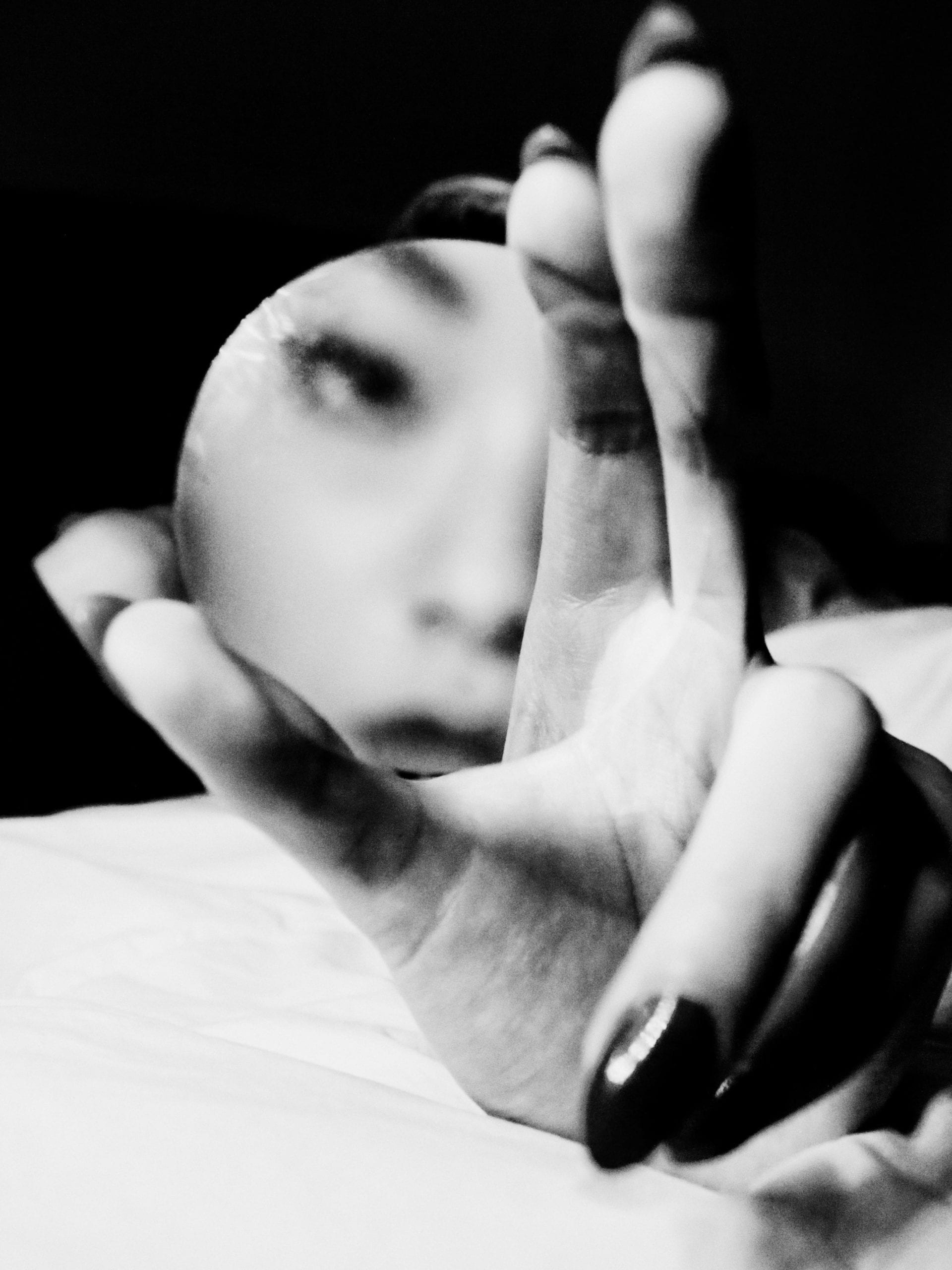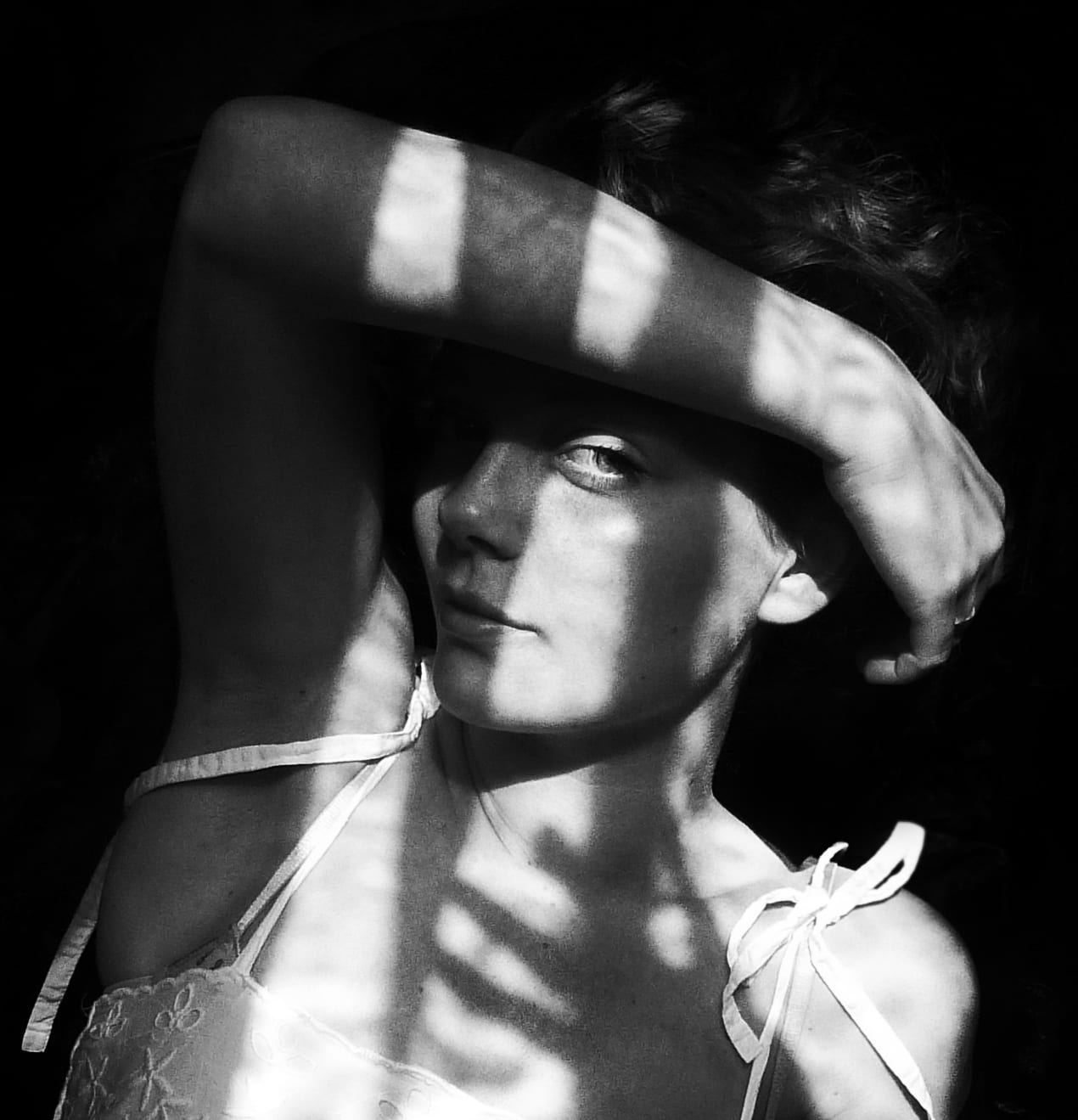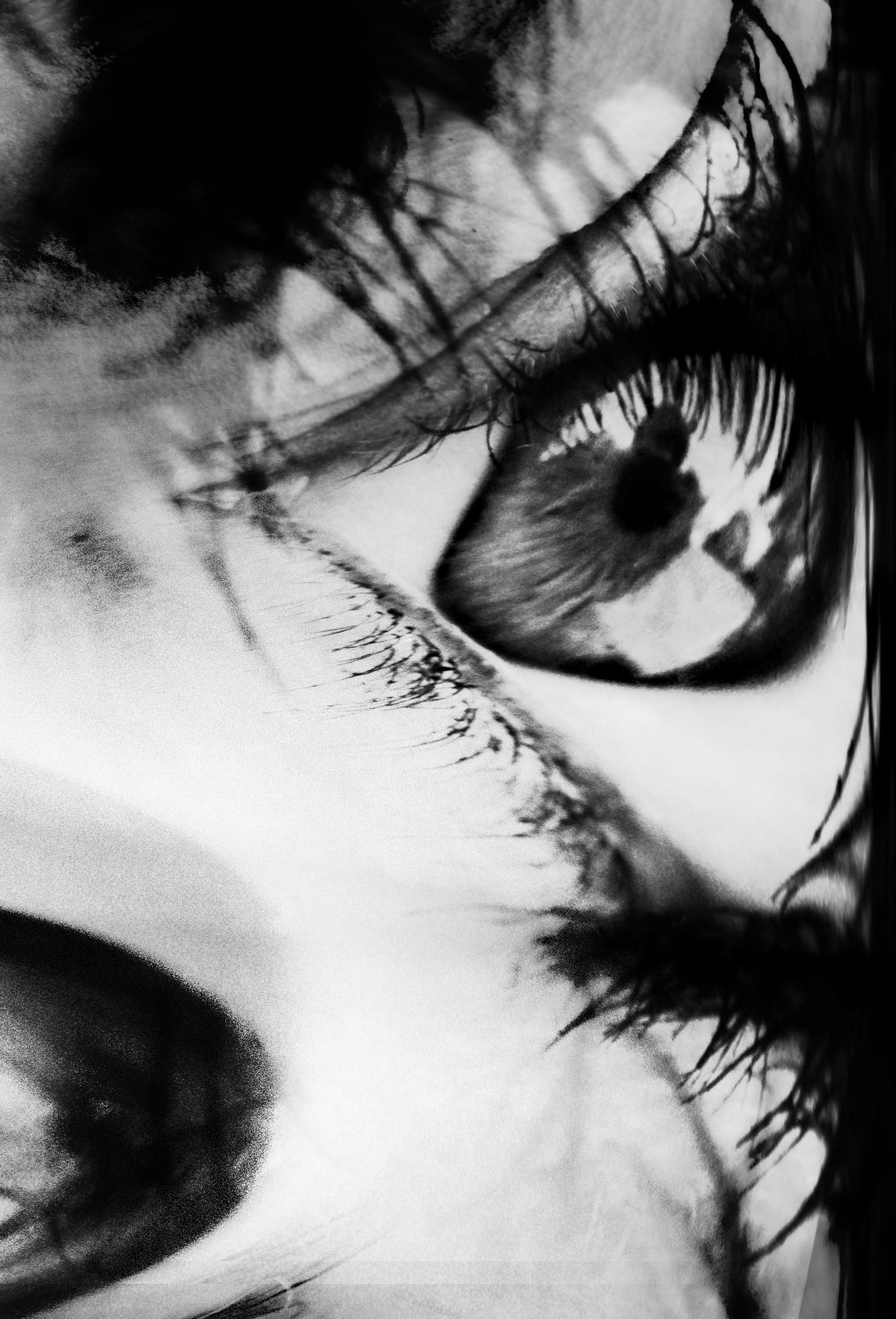Another image sees a woman stare out through curling smoke. Davison worked on the smoke until it resembled brush strokes, all smudges and swirling curlicues. “There is a ton of very simple, straight out of the camera work being made at the moment,” he says. “A lot of it is excellent, but there’s a glut of it.
“I think it’s got to the extent where people aren’t pushing themselves – they’ve become too precious about the image, about sticking to the rules. I’m not afraid of cropping or editing or messing with the image.”

He talks passionately about John Deakin, the postwar British photographer who grew up in relative poverty in the outer reaches of Liverpool and spent most of his early adulthood living in Berwick Street, Soho, spending too much time drinking in the The Colony Room. Deakin photographed the other artists and writers who hung out there – Lucian Freud, Frank Auerbach and Francis Bacon, Dylan Thomas, Daniel Farson and Jeffrey Bernard – but was always a little ashamed of his medium. “He didn’t like photography and yearned to be a painter,” Davison says. “Yet he took these brilliant portraits, which he left lying around his studio getting stood on, battered, covered in layers of dust.
“The prints are so special because he really didn’t seem to give a shit about them,” Davison continues. “They are all dog-eared and ripped, corners missing. But it gives them even more presence, this sense of discarded moments, the photographs forgotten and left to rot.”

Davison has been able to translate this love of shooting people on the fly, his ability to heighten the image without losing its spontaneity, to his commissions; his work for Garage allowed him to show off his love for Deakin, via portraits ripped in half then matched with other half images. “Anything that might cause me to be uncertain as to what I’m expecting to see in the lens,” he says.
He suddenly breaks off and looks up, staring intently at a middle-aged guy smoking a cigarette and nursing a drink on the other side of the window. He picks up his camera, walks outside, and takes the man’s portrait. What did he see there, I ask when he comes back inside. “It was the way the light was catching him, I guess,” says Davison. “A look in his eyes, the intricacies of the face.”

He recalls approaching an interesting girl on the tube, and photographing her on the platform at Bank station. Doesn’t he ever get nervous about doing something like that, I wonder. “I did yeah, but you develop a confidence in yourself,” he says. “Sometimes you get turned down, or you scare someone off. But the thing you realise is a lot of people want their picture taken now. Facebook has been great for portrait photographers like me, because suddenly everyone wants a profile picture.
“As soon as I meet someone, I start to work out how I would portray them,” he says. “I can’t help it. I do it without thinking. And the way someone reacts in front of the lens, the pressure to get it right in the time you have with them. I never fail to find that exciting. I live for that.”
Jack Davison, Revisiting Pictures is on display at Foam, Amsterdam, from 29th April to June 5. For more information, see here. See more of Jack’s work here.
Jack Davison's Street Fashion at Foam
Pages: 1 2

